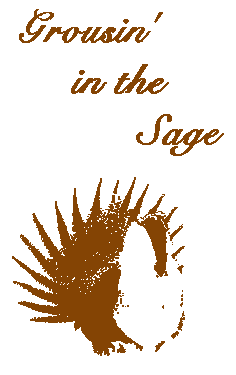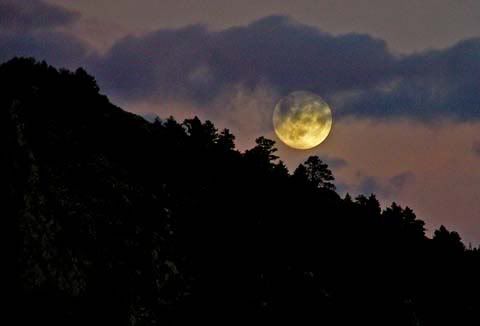






powered by SignMyGuestbook.com

| Newest
Older Previous Next Random Contact Profile Host |
blizzard warnings - 13:52 , 03 October 2013 heelerless - 21:32 , 18 August 2013 Red Coat Inn in Fort McLeod - 11:38 , 23 June 2013 rushing into the waters - 09:53 , 21 June 2013 choosing a spot - 17:43 , 27 April 2013 |
moonrise and answers
Another moonrise shot from earlier in the month...

By the way, a couple quick responses to some recent comments:
Bonnie, we fly in a single engine Cessna. Technically a 6-seater, but I would never want to crowd anybody into the small seats in the third row. Having the overhead wing is important for most wildlife work, since we're usually trying to look at things on the ground. Not to mention the radio antennas wouldn't work very well with the metal mass of the wing between them and the critters below.
Having the engine power to climb up out of bad air close to the ground is important, too.
And Doug, there actually is a reason for critters like deer and elk to breed in the fall. Gestation (pregnancy) periods in most mammals tend to be correlated to body size. Deer and elk need roughly 200 days, give or take a dozen or so, to produce viable young. And since animals that drop these youngsters close to the spring flush of green vegetation are probably going to produce more surviving young, most of them breed about 200 days before then.
Elk calves show up about a month before deer fawns in our country, but they're larger and better able to survive spring storms, so it makes sense for them to do so. And since making a larger elk calf takes about a month more than making a deer fawn, you have elk breeding roughly two months sooner.
I was surprised to learn breeding seasons are not set to the calendar within a species. Our pronghorn breed at the end of September into October to produce fawns in early June. Yet in southern climates (New Mexico, Arizona), early June is a bad time to have newborn young on the ground. Country is already hot and dry. There their pronghorn are born much earlier, to catch the "rainy season".
And our best hope for re-establishing our failed bighorn sheep herd is to find a source of low-elevation bighorn, which lamb when this desert country is green in May, rather than the high-elevation sheep we've released in the past which didn't lamb until mid-June.
And now to bed.